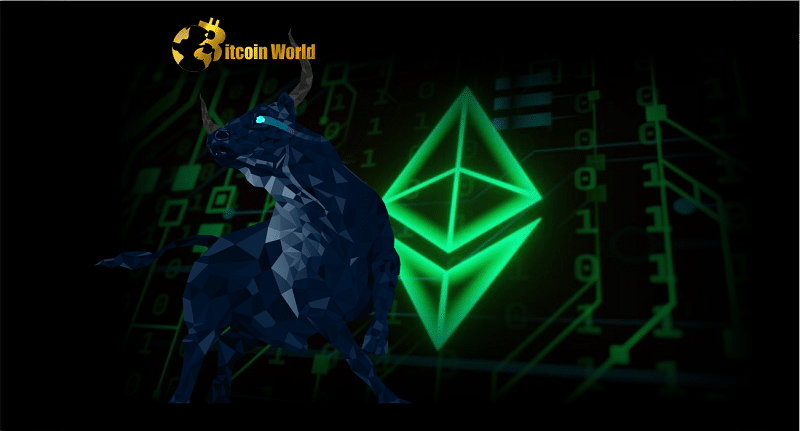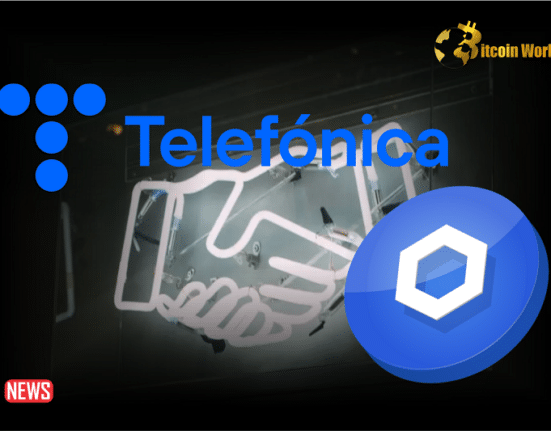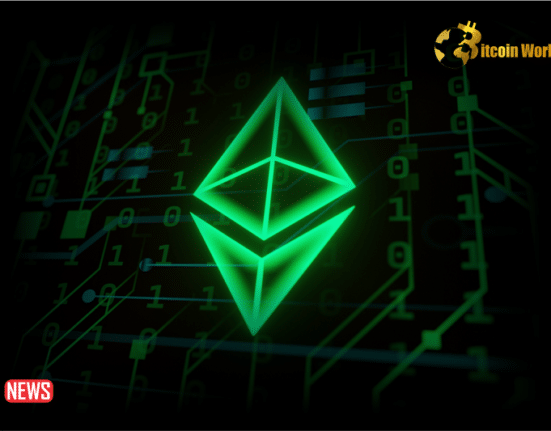Due to substantial post-Shapella supply increases, Ethereum’s cryptocurrency, Ether (ETH), topped $2,100 for the first time since May 2022.
On Wednesday, Ethereum programmers successfully delivered the “Shapella” version, which is a combination of the names of Ethereum’s consensus (Shanghai) and execution (Capella) layers. Since December 2020, ETH and ETH-denominated staking rewards can be withdrawn from the staking smart contract.
Some analysts worried that enabling withdrawals would boost short-term sell pressure in the Ether market as holders cashed in on their accrued profits and ETH price gain of almost 200% since December 2020.
However, on-chain data reveal that ETH tokens staked on the Ethereum blockchain surged by 100,000 on Thursday, the largest one-day gain in over two months.
Instead of withdrawing their staked ETH to pay out, more investors have staked their Ether tokens after the Shapella update’s success. When more ETH tokens are locked up in staking contracts, the quantity of unstaked ETH tokens accessible for trade on cryptocurrency exchanges drops.
Given recent market fluctuations, this might boost ETH prices. The uptick in the price of Ethereum is also likely due to relief that there hasn’t been a flood of unstaked ETH entering the market, adding to selling pressure.
With staking withdrawals, more ETH investors will stake their tokens for the yield. Investors in liquid staking protocols (for example, buyers of Lido’s stETH token) should expect 4-5% dividends, but this will fall as the quantity of staked ETH rises.
Thursday saw 18.25 million ETH tokens staked. That is 15% of the 120.4 million Ether supply. Other comparable proof-of-stake blockchains, such as Cardano, have significantly bigger staking participation rates of 60-70%.
As previously indicated, if ETH stakers keep their ETH in the contract for a long time, the supply of circulating ETH will decrease. This might boost ETH prices almost deflationarily. Before considering the ETH supply’s deflationary nature.
After August 2021, ETH paid in transaction fees is permanently erased from the supply. While Ethereum was a proof-of-work network, miners received a 4% annual incentive, which made Ether’s inflation rate unpredictable.
This inflation rate was mostly positive until September 2022, when proof-of-stake replaced proof-of-work. ETH stakeholders now receive 0.55% additional tokens annually instead than 4%.
Network activity has boosted transaction fees and burn rate this year. The net ETH inflation rate has been negative for months due to the low ETH issuance rate. As the crypto bull market expands, network activity and fees are likely to climb, which might lower it more.
Simply said, the ETH price is expected to benefit from strong twin deflationary tailwinds in the future as 1) more ETH is withdrawn from supply and placed in staking contracts, and 2) token burning continues to reduce the supply.
Despite the crypto bull market’s resurrection, on-chain network utilization fundamentals remain weak, with high transaction fees pushing users to Ethereum layer-2 scaling solutions like Polygon and Arbitrum and rival chains like Solana.
However, deflationary ETH supply tailwinds and anticipation that Ethereum is resolving its scalability issues imply that Ethereum network fundamentals should maintain the price for the foreseeable future.
Medium to long-term risks favor continued ETH price upside in the coming months as US inflation continues to fall and recession risks rise, increasing the likelihood of a Fed rate-cutting cycle. Short-term technicals are also positive.
Experts consider ETH’s recent support at its 21-Day Moving Average as a market vote of confidence in short-term positive price momentum. ETH’s main moving averages are increasing. The golden cross in early February and the strong rebound from the 200DMA in mid-March are positive medium- to long-term technical indications.















